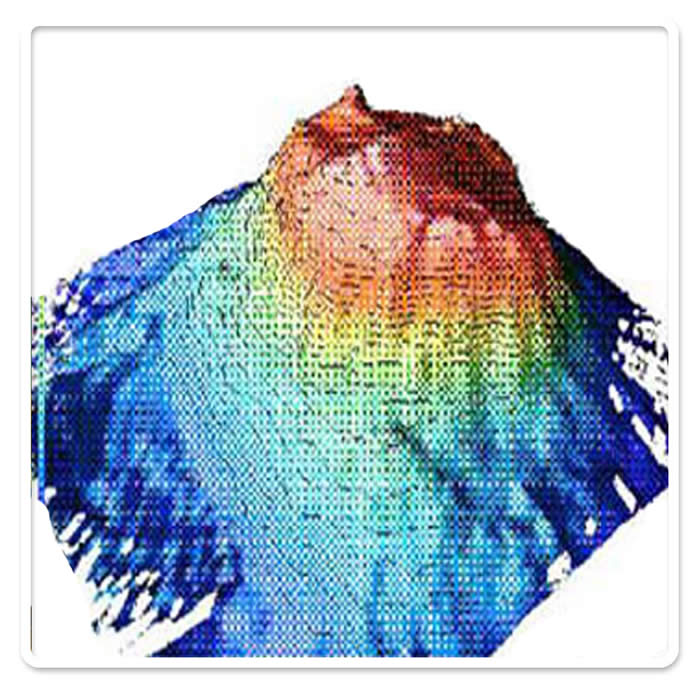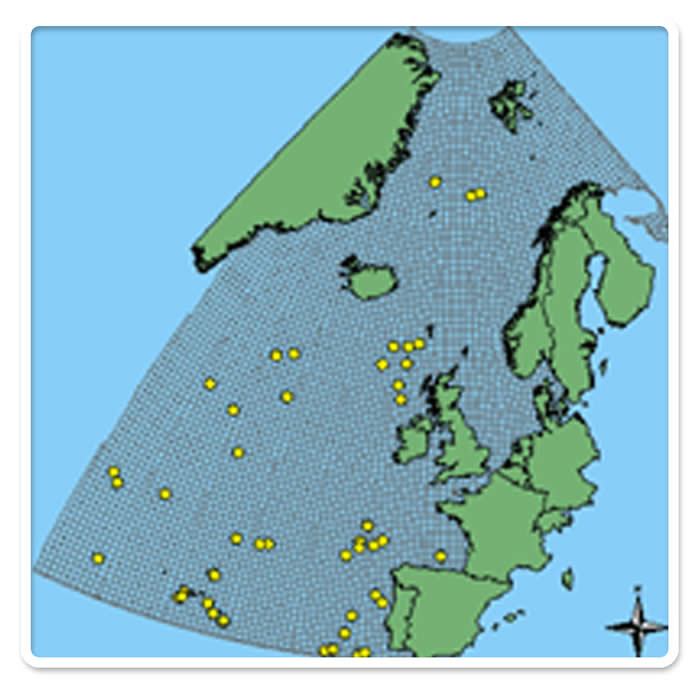 Seamounts Seamounts
Seamounts are one of the 5 deep-sea habitats
listed by OSPAR as threatened and / or declining.
 As their name suggests, seamounts are mountains rising steeply from the sea bottom, reaching elevations of more than 1000 metres. They are found frequently throughout the world's oceans, with an estimated 30000 seamounts over 1000 m in the Pacific Ocean and about 1000 over 1000 m in the Atlantic Ocean. The term seamount can be used to describe undersea mountains of any size, but smaller seamounts are sometimes called knolls (500-1000 m) or hills (more than 500 m). Where the seamount is tall enough to break the sea surface, it becomes an oceanic island, e.g. Hawaii and Bermuda. As their name suggests, seamounts are mountains rising steeply from the sea bottom, reaching elevations of more than 1000 metres. They are found frequently throughout the world's oceans, with an estimated 30000 seamounts over 1000 m in the Pacific Ocean and about 1000 over 1000 m in the Atlantic Ocean. The term seamount can be used to describe undersea mountains of any size, but smaller seamounts are sometimes called knolls (500-1000 m) or hills (more than 500 m). Where the seamount is tall enough to break the sea surface, it becomes an oceanic island, e.g. Hawaii and Bermuda.
 The main feature of seamounts is the unique, diverse and sometimes endemic fauna found there. Recent studies have shown that some seamount chains and individual seamounts may have endemism ranging between 12-36 % of the total species, raising great concerns about the implications of fishing activity in these areas. The main feature of seamounts is the unique, diverse and sometimes endemic fauna found there. Recent studies have shown that some seamount chains and individual seamounts may have endemism ranging between 12-36 % of the total species, raising great concerns about the implications of fishing activity in these areas.
Seamounts are usually created as a result of volcanic activity, producing a rocky dominated habitat which provides hard substrate for the attachment of many sessile species. Seamounts have a limited summit and are generally conical in shape, with either a circular, elliptical or elongate base. The sheer size and shape of seamounts create a unique deep-sea habitat, often characterised by significantly enhanced bottom currents, and may even affect large scale oceanic circulation patterns.

|

 As their name suggests, seamounts are mountains rising steeply from the sea bottom, reaching elevations of more than 1000 metres. They are found frequently throughout the world's oceans, with an estimated 30000 seamounts over 1000 m in the Pacific Ocean and about 1000 over 1000 m in the Atlantic Ocean. The term seamount can be used to describe undersea mountains of any size, but smaller seamounts are sometimes called knolls (500-1000 m) or hills (more than 500 m). Where the seamount is tall enough to break the sea surface, it becomes an oceanic island, e.g. Hawaii and Bermuda.
As their name suggests, seamounts are mountains rising steeply from the sea bottom, reaching elevations of more than 1000 metres. They are found frequently throughout the world's oceans, with an estimated 30000 seamounts over 1000 m in the Pacific Ocean and about 1000 over 1000 m in the Atlantic Ocean. The term seamount can be used to describe undersea mountains of any size, but smaller seamounts are sometimes called knolls (500-1000 m) or hills (more than 500 m). Where the seamount is tall enough to break the sea surface, it becomes an oceanic island, e.g. Hawaii and Bermuda. The main feature of seamounts is the unique, diverse and sometimes
The main feature of seamounts is the unique, diverse and sometimes